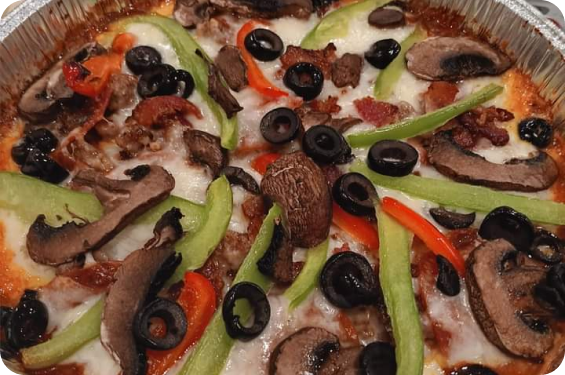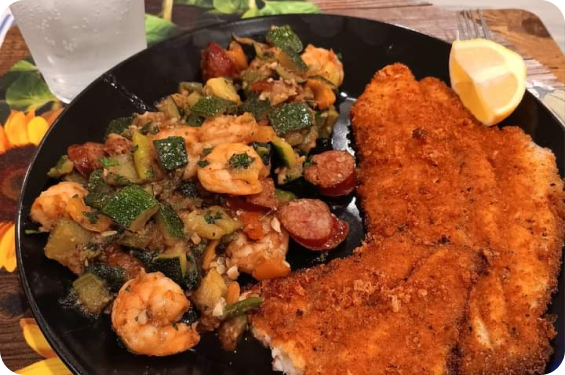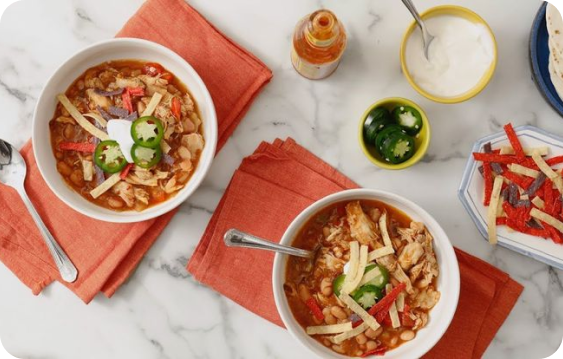You’ve seen, you’ve heard, you’ve read, and now you are ready to start living a ketogenic lifestyle. But maybe you’re still feeling a bit overwhelmed about where to begin. Well, guess what?! You’re in the right place!
These 10 tips will guide you on how to kick-start your low-carb journey and tap into that energizing fuel source we call fat.
Planning and preparation – these are the keys to success!
Before I begin, I cannot emphasize enough the importance of planning and preparation in being successful on the keto diet or making any lifestyle changes, for that matter. Are you ready to embark upon this wonderful world of Keto? I’m ready, so let’s go!
Know how to read a nutrition label
Become familiar with nutrition labels. Check serving size, macronutrients (protein, fat, carbs), and the ingredient list. This is a vital tip for beginners starting keto.
Know your macronutrients, aka (macros)
Proteins, fats, and carbohydrates are the three macronutrients that provide energy (fuel) to our body and make up most calories in a food or beverage. The macro most present in a food item will typically determine its classification.
Cut out sugar
A good keto tip for beginners is to start eliminating and replacing all foods and beverages that contain added and natural sugars. This is a good step in the planning and preparation phase since sugar doesn’t have a place on the keto diet. Natural and added sugars raise blood sugars. With keto, we aim to stabilize blood sugar so your body switches to burning fat for fuel.
Limit Carbohydrates
Start by trying to avoid carbs as much as possible! Cut the bread, cereal, chips, and French fries out of your life. Some people go cold turkey when cutting carbs, and others wean themselves off carbs. At least try to get your carb intake to less than 100 grams a day when you’re in the planning and preparation phase. This is probably the most important Keto tip for beginners.
I typically recommend starting at around 20 to 30 grams of carbohydrates daily to jump-start ketosis and then adjust from there. Most people count “net” carbs (total carbohydrates minus fiber minus sugar alcohols). But I suggest counting TOTAL CARBS (including fiber and sugar alcohol). This ensures you experience “prescription strength” Keto, which gets the best results much faster.
Eat fats to satiety (“comfortably stuffed”)
Replace your carbohydrates with healthy, natural fats, and protein. If you’re hungry between meals after cutting out carbs, you probably need to include more fat and protein with your meals.
Include protein with meals
Aim for at least 3 to 6 ounces of protein per meal. Protein is important in keeping you full between meals and helps maintain lean muscle mass. Everyone has a different protein threshold, and highly active people may need closer to 6 to 8 ounces per meal.
Prepare for the “keto flu”
Not everyone gets the keto flu, but being prepared is still good. It typically lasts around 1 to 3 days. Fluids and electrolytes are key! Keto flu is common for beginners on the keto diet because of frequent urination. Symptoms can be light-headedness, cramping, and low energy.
Get adequate sleep
Good sleep is highly underrated and important to health, longevity, and maintaining a healthy weight. Lack of sleep increases inflammation, leading to poor health outcomes. Inadequate sleep is also linked to obesity, as it can cause increased hunger and cravings during the day and lower levels of physical activity. Start developing a good nighttime routine to optimize your quality and quantity of sleep.
Try to minimize stress
Ongoing stress can result in chronic inflammation and can contribute to weight gain. Under stress, your kidneys release epinephrine and cortisol in the blood, which can raise blood sugar levels. Try to minimize stress as much as possible, especially when starting a keto diet.
Don’t give up too early
All too often, people give up before getting to the good stuff. Know that the keto-flu will last a few days and that it takes around 2 to 4 weeks to become fully keto-adapted. Hold tight, drink fluids, eat well, and consume electrolytes… you’ll get there! This Keto tip for beginners is also very important. If weight loss is your goal, consistency over time is key.

Final Note:
I often remind people that keto is about replacing, not restricting. If you focus on what you can eat and learn how to replace ingredients with keto-friendly versions, you will find that keto isn’t restrictive at all!
Remember, Keto is a way of eating, and it takes time to learn, so be patient with yourself and know that it gets easier over time. Use these Keto tips for beginners to help start your Keto journey.




